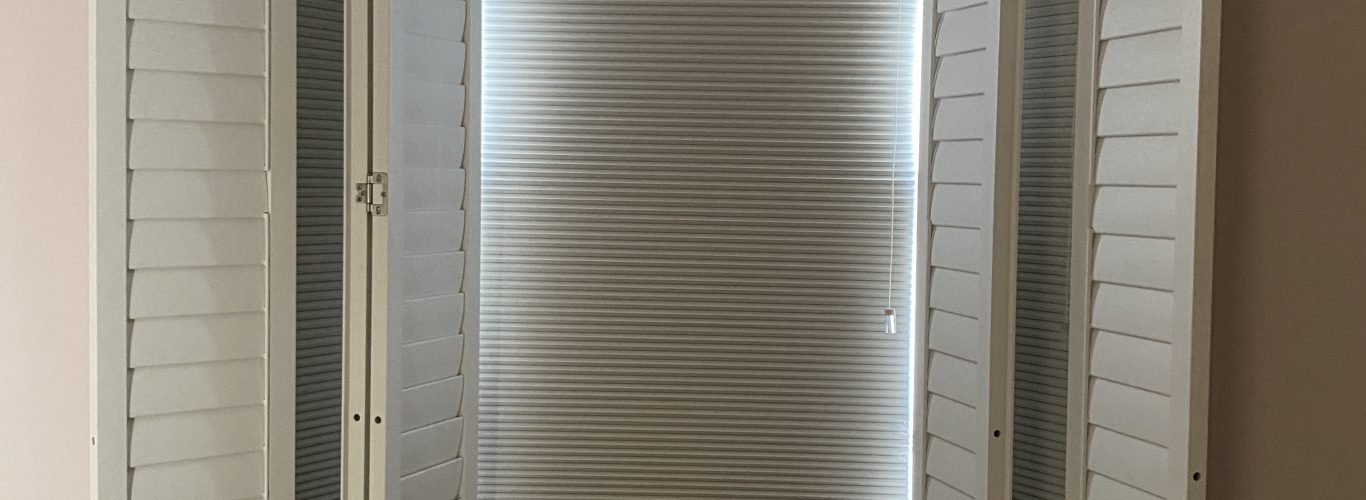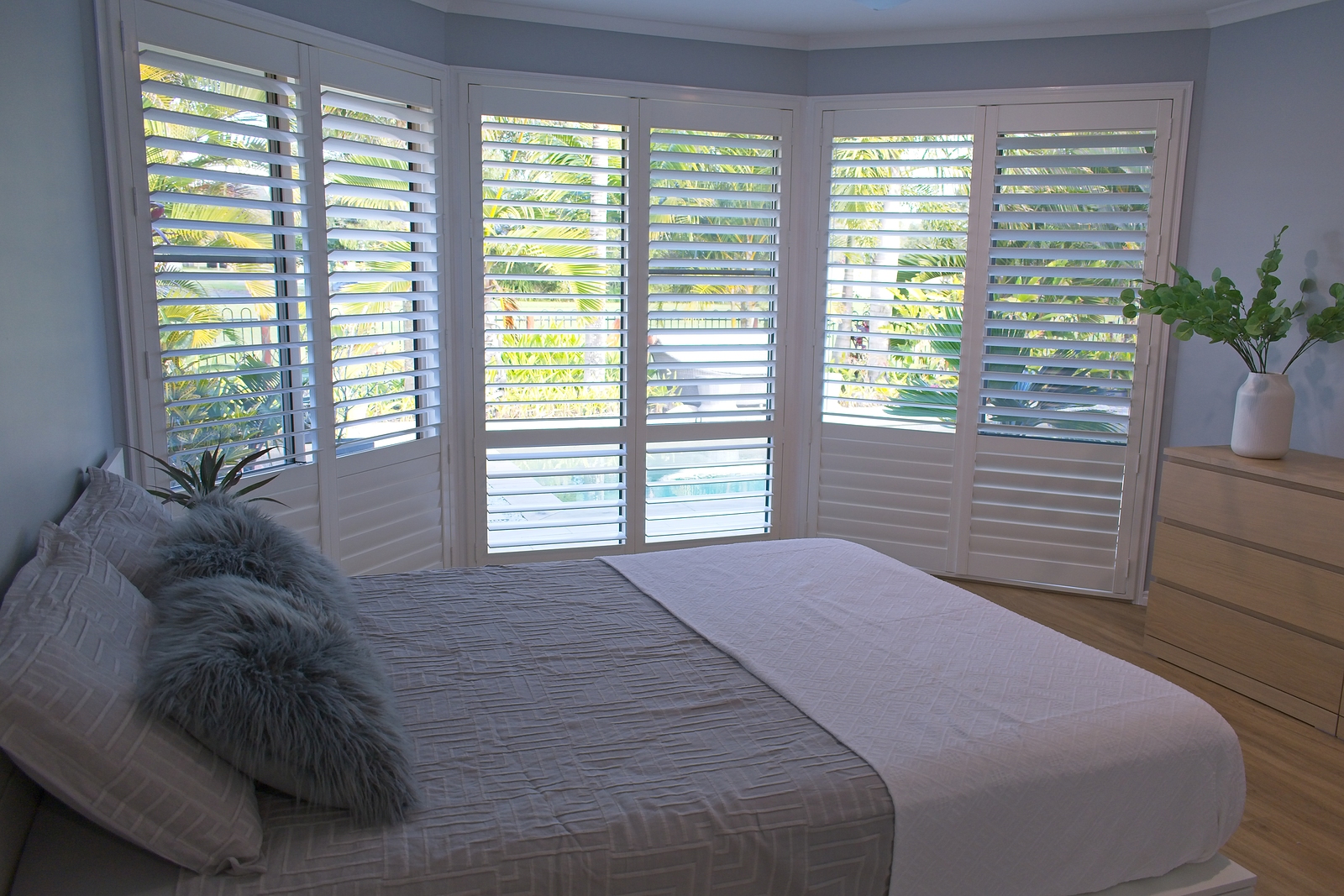The Origins Of Blackout Shutters

The ultimate use of solid wood shutters in the bedroom are blackout shutters that stop any light from getting in that could potentially disturb a person’s sleep.
Unlike blackout curtains or blinds, which use materials that could potentially move and cause small amounts of light to get in, solid blackout shutters are unlikely to move once closed, allowing for a more restful slumber.
However, the invention of blackout shutters and blinds was not, in fact, to keep light out of people’s homes but to do the exact opposite.
The concept of the blackout is most associated with the “home front” of the Second World War as established by Prime Minister Winston Churchill, although its origins can be traced to just before the First World War as a plan devised by the First Lord of the Admiralty Winston Churchill.
Initially, only coastal towns were affected, with bright lights being extinguished in an attempt to hide towns from potential attacks by battleships and U-boats. It was later expanded to the whole of England by 1916 once the German army started to use air raid tactics.
In the Second World War, the blackout was even more pronounced due to the extensive use of air raids and bombing attacks during the Blitz, with regulations being imposed even before the declaration of war in 1939.
This meant that all windows and doors needed to be covered by heavy, dark material or paint to stop any slight glimmer of light that could signpost a target to a bomber plane.
Street lights were dimmed, covered to point lights downwards or sometimes shut off completely, whilst headlamps and traffic lights had their lights deflected to the ground, which would ultimately lead to an increased number of car accidents at night.
Ultimately, by the end of the war, radio beams and radar were already being widely used, making the blackout far less effective, but the concept and the name stuck, its legacy is still used in reverse to stop bright light from invading our homes when we sleep.
Related articles

Why Light Is The Key To Good Interior Design
When you’re looking at how to design your home, it’s important that light is one of your top considerations.

What Colours Work Best With Plantation Shutters?
If you want a light, beautiful window covering, there are few choices that have become more popular than the louvred wooden shutter. Also known as plantation shutters, louvred shutters have become the look of the moment, because they provide a particularly bright addition to a room and allow for both carefully controlled privacy and a […]